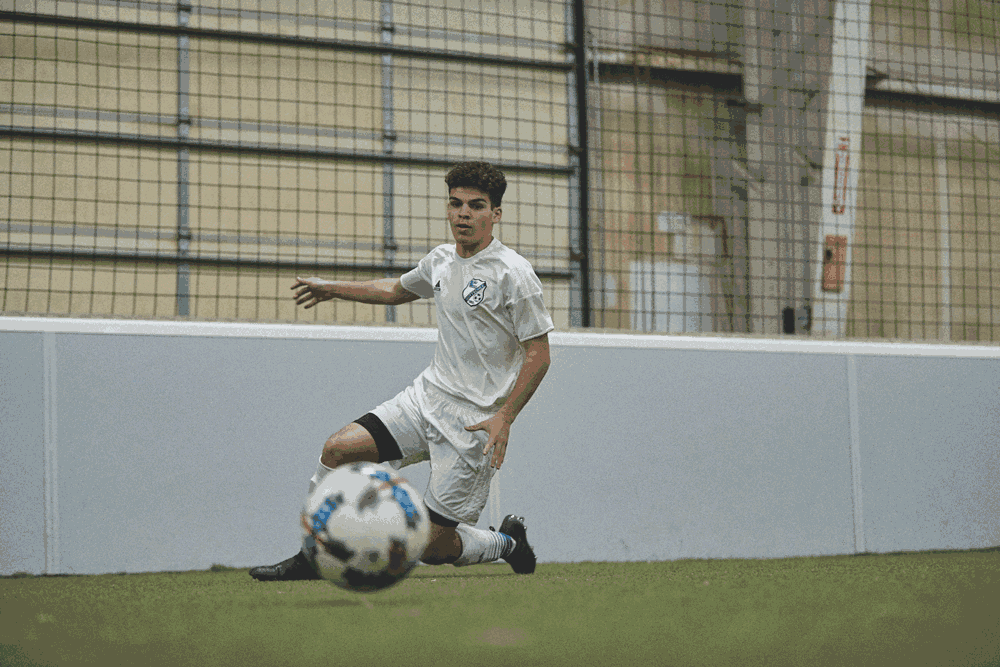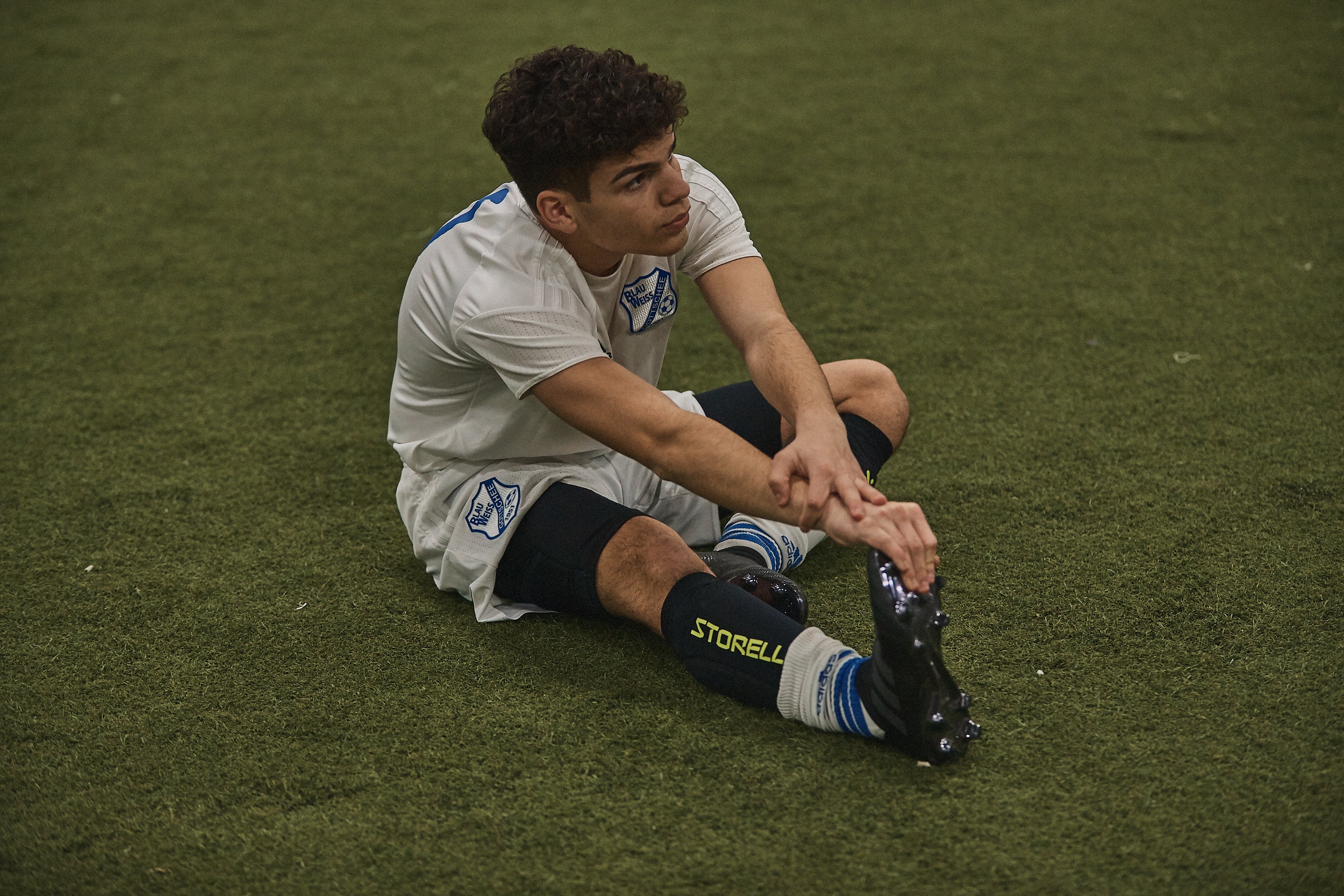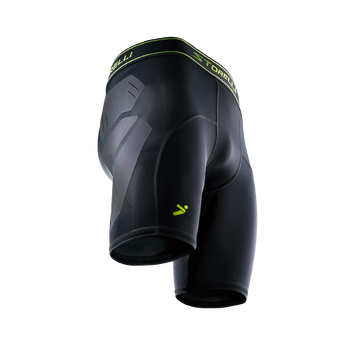We all know that injuries suck, but the undefeated King of Pain in soccer is the turf burn. We deep dive into understanding turf burns and the recommended methods of prevention, protection, and treatment.
1. “Raspberries” - The unpleasant sight & sensation of turf burns
Field injuries are more common than you might think. Turf burns bleed, hurt, and can get dangerously infected (a.k.a. “turf burn infections”). Because most players play through these injuries, they often go unreported. But with the explosive global growth of soccer world combined with generally poor field conditions and an increasing number of synthetic surfaces, skin injuries seem to be increasing in number and severity.
A Dutch study reported that 84% of professional soccer players sustained at least one major turf burn during the season, with goalkeepers at the highest risk. Several outbreaks of antibiotic-resistant staph infections in athletic teams have also been directly linked to turf burns.
2. The first cut is the deepest
Turf burns are not really thermal (burn) injuries. The combination of violent mechanical shearing of the skin and frictional abrasion can lead to large areas of superficial skin injury, which we all know are extremely painful and can take weeks to heal.
A new study examined severe turf burns and found that they were more similar to skin grafts and bikers’ road rash than to a heat or chemical burn. The same study found that less abrasive damage was seen during soccer slide tackles on wet natural grass than on dry grass or synthetic turf.

3. The grass is always greener
There is little doubt that most soccer players perceive that artificial turf is more threatening than natural grass. No shocker there. A group of international female soccer player felt so strongly that they filed suit against FIFA and the Canadian Soccer Association prior to the 2015 World World Cup to halt the use of synthetic turf during the tournament (the suit was later dropped). But current research on newer 3rd and 4th generation (Field Turf, etc) surfaces has not confirmed this belief. However, the conflicting data showing otherwise comparable injury rates between natural and synthetic turf fields still confirms that skin abrasion rates are higher on artificial grass surfaces.
Despite lingering health concerns, the high cost of maintaining high-grade natural grass fields has driven many communities around the country to convert to artificial surfaces. There are now over 14,000 synthetic sports fields in play in the US alone with a 10% increase per year.
4. You’ll never walk alone
We all know that soccer fields are not the most sterile places on earth. All types of bacteria and other nasty contaminants populate our pitches. The bigger problem with skin abrasions is that they provide sudden exposure of subcutaneous blood vessels to millions of these opportunistic bacteria. In one study, 42% of players harbored staph bacteria. Yikes!
Worse yet, antibiotic-resistant bacteria can live for weeks on both natural and synthetic fields as well as happily colonizing your sweaty old gear. Because up to 10% of these abrasions will become infected if untreated, players need to become more proactive in treating. The old adage of “leave it alone and let the air get at it” only delays healing and leads to increased scarring and re-injury.
Want a better approach? Aggressively scrub the area clean with a disinfectant (chlorehexidine=GOOD, hydrogen peroxide=BAD) and then keep it clean, moist, and covered using Tegaderm or hydrogel. This can trim healing time from 3 weeks down to as little as 7-10 days. Oh, yeah, and no sharing towels in the locker room or using a communal whirlpool.

5. Less is more when preventing turf burns
Soccer players need to start borrowing tactics from our road rash-plagued bike racing cousins. We need to start covering ourselves with modern, breathable and next-generation contact padding, which, fortunately, has ignited growing interest in an effort to protect our largest organ. Field maintenance, although expensive, also needs to become a priority. Both natural and artificial turf fields should be irrigated to control radiant temperatures and decrease abrasive risk.
Dr. Raymond Rocco Monto is a contributing writer for Storelli.com focused on soccer training techniques and mental and physical exercises to help better your game.
References:
1. Begier EM, Frenette K, Barrett NL: A high-morbidity outbreak of methicillin resistant staphylococcus aureus among players on a college football team, facilitated by cosmetic body shaving and turf burns.
2. http://www.calrecycle.ca.gov/publications/Documents/Tires%5C2010009.pdf
3. Centers for Disease Control and Prevention. Methicillin-resistant Staphylococcus aureus infections among competitive sports participants
4. DiFiori JP, Benjamin HJ, Brenner J, Gregory A, Jayanthi N, Landry GL, Luke A. Overuse injuries and burnout in youth sports: a position statement from the american medical society for sports medicine. Clin J Sports Med, 2014;24(1):3-20.
5. Synthetic playing surfaces and athlete health. J Am Acad Orthop Surg
6. Ekstrand J, Nigg BM: Surface-related injuries in soccer. Sports Med, 1989
7. Ekstrand J, Timpka T, Hagglund M: Risk of injury in elite football played on artificial versus natural grass: a prospective two-cohort study. Br J Sports Med
8.http://espn.go.com/espnw/news-commentary/article/11868149/sydney-leroux-explains-why-turf-terrible-soccer-players
9.http://www.mlssoccer.com/post/2013/03/29/la-galaxys-landon-donovan-argues-mental-health-should-be-treated-physical-health
10. Hill AP: Perfectionism and Burnout in Junior Soccer Players: A Test of the 2 x 2 Model of Dispositional Perfectionism. J Sport Exer Psych
11.http://www.ncaa.org/health-and-safety/sport-science-institute/understanding-student-athlete-burnout
12. Kazakova SV, Hageman JC, Matava M, et al: A clone of methicillin-resistant staphylococcus aureus among professional football players. N Engl J Med
13. Incidence, causes, and severity of high school football injuries on-field turf versus natural grass: A five-year prospective study. Am J Sports Med
14. Peppelman M, Van Den Elinde WA, Langewouters AM, Weghuis MNO, Van Erp PE: The potential of the skin as a readout system to test artificial turf systems: clinical and immunohistological effects of sliding on natural and artificial turf
15. Silva JM: An analysis of the training stress syndrome in competitive athletics. J App Sport Psych
16. Community-associated methicillin-resistant Staphylococcucsaureus survival on artificial substrates. Med Sci Sports Exer.
17. Yamaner F, Gumus M, Gulu E, Kartal A: Evaluation of injuries in professional Turkish football players. Eur J Gen Med.
18. Zanetti EM: Amateur football game on artificial turf: player’s perceptions. Appl Ergon.



